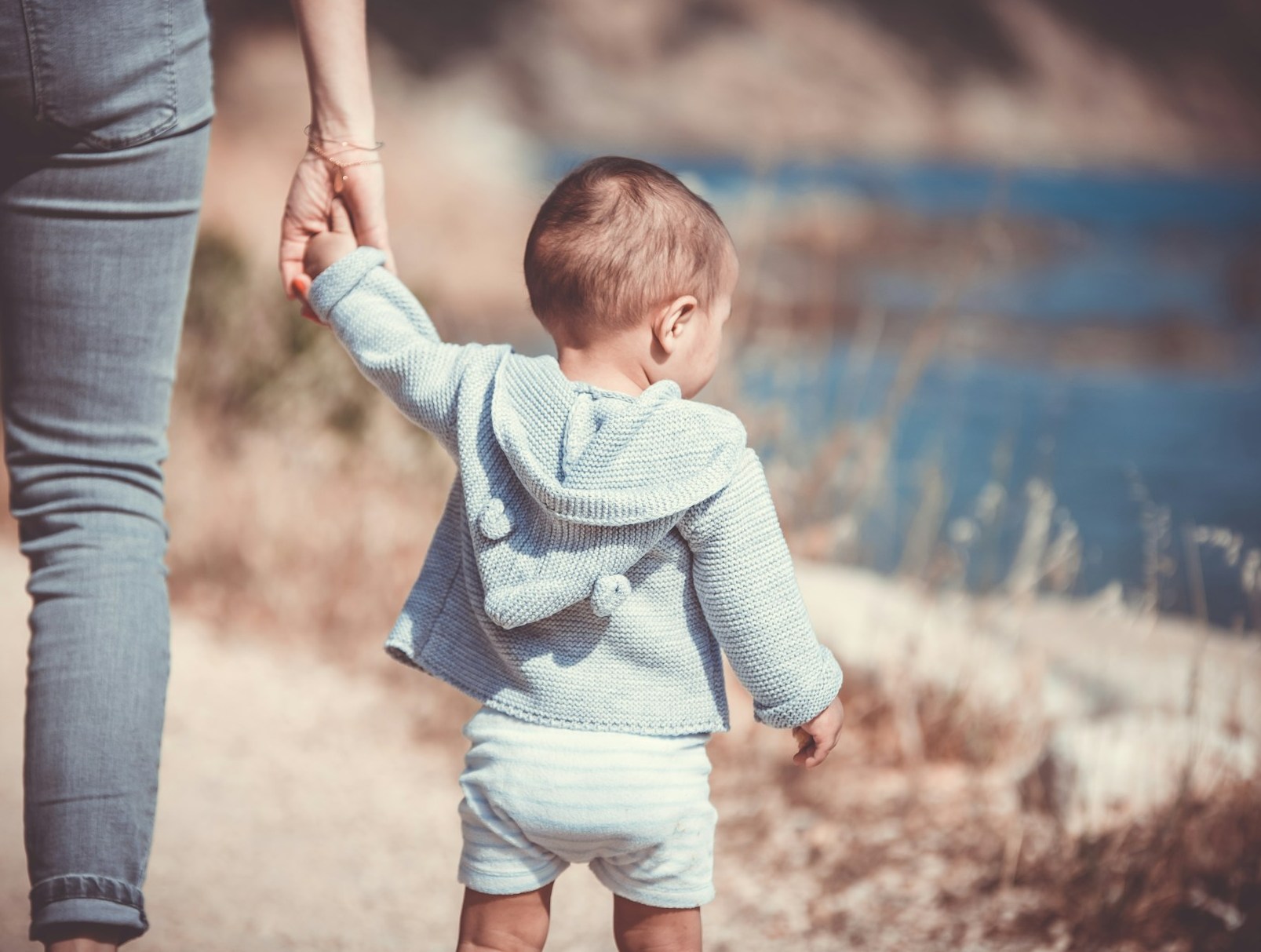Joint Custody vs. Sole Custody in Arizona: What’s Best for Your Child?
When parents go through a divorce, they often face one of the most sensitive, emotional choices they may ever make: deciding on the best custody arrangement for their children. Child custody, with its implications for stability, routine, and family dynamics, is rarely straightforward. For parents in Mesa, Arizona, where family values run deep, making the right decision means balancing the practical, emotional, and developmental needs of their children in ways that foster security and happiness.
Every child is unique, and so are the dynamics within each family. For some, joint custody feels like the perfect solution, preserving relationships with both parents and helping children stay connected. For others, sole custody might offer a more stable environment, especially if one parent can provide a dependable “home base” in ways the other cannot.
As you navigate this delicate decision, know that taking the time to understand your options and consider the challenges that children of divorce face can make a powerful difference. In this article, we’ll explore the realities of how divorce affects children, the variety of custody options available, and how you can make the best choice for your family.
The Unique Challenges of Child Custody Cases
No matter how amicable or well-planned a divorce might be, children often find themselves facing a range of emotional, behavioral, and academic struggles. Some may outwardly express their feelings, while others keep these hidden.
When parents make custody arrangements that support their children’s stability and well-being, children can navigate the following challenges while promoting well-being and security.
Behavioral issues may be a cry for help
Divorce represents a major life change, and for children, it can bring a whirlwind of emotions – sadness, confusion, anxiety, and sometimes guilt. These feelings can become even more pronounced when children are adjusting to a new routine and the loss of a “traditional” family structure.
As children attempt to process the emotional toll of divorce, they may start to exhibit behavioral issues as a way of coping. For example, a child in a joint custody arrangement may feel conflicted between loyalties to each parent, leading to acting out or testing boundaries.
Differences in household rules and expectations can also contribute to these behavioral changes as children struggle to navigate two distinct environments.
In a sole custody setup, children sometimes exhibit behavioral issues related to feeling left out or disconnected from the non-custodial parent. Feelings of abandonment or resentment can lead to outbursts or defiance, especially if they feel their needs or preferences are overlooked.
Regarding the fear of abandonment that children of divorced or separated parents often suffer, the Arizona State University Research and Education Advancing Children’s Health (REACH) Institute found that the anxiety of possibly being abandoned “predicted future mental health problems in children.”
Even if visitation is regular, the kids might struggle with the absence of one parent in their daily lives. They might sometimes feel distanced, especially if they perceive the separation as one parent “choosing” not to be present.
The impact on school performance
The emotional impact of divorce can spill over into academic life. Children navigating two households may struggle to focus on school or maintain healthy habits, particularly if they feel torn between two environments or are dealing with inconsistent support from each parent. The changes in routine, transportation, and even emotional availability can disrupt a child’s academic focus.
In joint custody arrangements, academic performance may suffer if communication between parents is inconsistent or if one parent is less involved in schoolwork. Living with only one parent in a sole custody arrangement might provide more stability, but children may still feel distracted or distant from the other parent, which can affect their ability to concentrate.
The pressure to take sides
The effects of divorce are felt not only between parents but also in each parent’s relationship with the child. Joint custody allows children to maintain a strong connection with both parents, but it may inadvertently expose them to conflict if parents struggle to communicate effectively. Children in joint custody may feel like they’re “in the middle” when parents disagree, leading to stress and anxiety.
In sole custody arrangements, the child’s relationship with the non-custodial parent might diminish if visits are infrequent or tense. Children may feel distanced from one parent or fear losing a deep connection.
Understanding Joint Custody Arrangements
Joint custody can come in different forms and is often encouraged – to give children the chance to build strong relationships with both parents and experience both parents’ love and guidance.
According to one study, joint-custody children fared better than sole-custody children. The statistics showed that joint custody correlated with:
- Less behavior and emotional problems
- Higher self-esteem
- Better family relations and school performance
Typically, joint custody involves spending set periods with each parent, ranging from alternating weeks to sharing extended time during holidays or vacations.
Joint custody, however, doesn’t have to mean an even split. The following are some common joint custody options.
Joint physical custody
In joint physical custody, children spend substantial time with both parents. This arrangement keeps both parents actively involved in day-to-day care, although it can be challenging for children who find the back-and-forth stressful. Younger children, especially, may struggle with adjusting to two different sets of routines and expectations.
Joint legal custody
With joint legal custody, parents share responsibility for major decisions affecting their child’s life, including education, healthcare, and religion. Even if children spend most of their time with one parent, both parents remain involved in making crucial choices. This arrangement is beneficial when parents can communicate well and put aside personal conflicts for the child’s benefit.
Sole Custody Arrangements
Sole custody arrangements place primary responsibility for the child with one parent while allowing the other parent visitation rights. This setup can create stability and offer children a single emotional “home base,” which may be ideal in cases where joint custody could expose them to stressful or unsafe situations.
Sole physical custody
With sole physical custody, the child lives full-time with one parent, while the other parent typically has scheduled visitation rights. This arrangement can provide consistency and stability, allowing the child to focus on routines and relationships in one home. For children who thrive in a structured environment, sole physical custody can offer reassurance and security during a time of significant change.
Sole legal custody
Sole legal custody grants one parent the authority to make major decisions for the child, which can be necessary if the other parent is unavailable or unable to participate in decision-making. This arrangement is often chosen in cases where one parent struggles with issues like substance abuse, mental health challenges, or other factors that limit his or her ability to make sound choices.
However, there are many reasons why staying with a particular parent may be considered ideal, and it does not mean the non-custodial parent is “bad” or “unfit.” For many families, it is simply the best solution for their circumstances.
Choosing the Right Custody Arrangement for Your Family
Deciding on the best custody arrangement requires thoughtful evaluation of both parents’ strengths, the child’s needs, and the overall family dynamic.
Providing parental stability
Stability is one of the most critical aspects of a child’s development, especially during times of change and upheaval like a divorce. When parents separate, children often experience shifts in their daily routines, school, friends, and even their overall sense of security.
When one parent has stability in his or her life – whether that’s financial, emotional, or logistical – it can significantly benefit the child’s overall well-being. For children, having one primary home where they know what to expect can create a comforting rhythm, something that’s particularly valuable during a time of family transition. In this environment, a child can focus on growing and thriving without the stress of their parent’s personal difficulties.
Sole custody doesn’t necessarily exclude the other parent from the child’s life; he or she may still maintain a role through visitation or limited custody rights, which allows the child to continue that relationship in a safe, supervised way.
Valuing the voice of older children and teens
As children grow older, they often have a clearer sense of their needs, routines, and preferences. Older children and teenagers are generally better able to articulate their thoughts about their living arrangements, and courts often take this input into account.
Teenagers, in particular, may want to stay with a parent who lives closer to their school or who can better support their academic or extracurricular pursuits.
When parents consider their child’s wishes, it’s important to approach these conversations openly and with empathy, allowing the kids to express themselves without feeling pressured or forced to “choose” one parent over the other.
Respecting children’s input doesn’t necessarily dictate the custody arrangement but it shows the children their feelings matter. It can help foster a sense of stability and confidence as they adjust to their new family structure.
Empathetically Supporting Your Children Through Divorce
Whatever custody arrangement is chosen, remember that children need to feel loved and supported by both parents. We at Brown Family Law want to see you achieve this.
Divorce brings challenges, but it also presents an opportunity for parents to show resilience and commitment to their children’s happiness and security. Consulting a skilled family law attorney can provide essential insights as you consider your options.
Brown Family Law is dedicated to maximizing your time with your kids and ensuring your custody decisions reduce stress and encourage peace for everyone involved. Complete our online contact form to connect with us today and explore how we can help you find the right custody balance that honors your children’s needs and respects your family’s unique dynamics.
Photo by Guillaume de Germain on Unsplash







